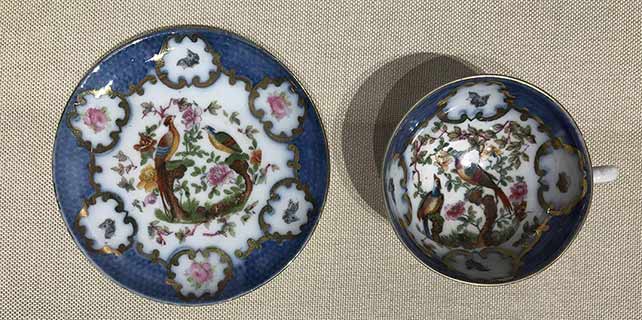Aussie wool sector poised to sustain strong growth on back of Chinese demand
SYDNEY — Australia's major wool sector looks poised to sustain a return to strong growth, fueled by record high prices and robust demand from increasingly affluent Chinese consumers, latest industry figures and analyses showed.
Scott Carmody, trade consultant for the nonprofit Australian Wool Innovation industry group, told Xinhua recently that demand is now the strongest in three to four decades, with "Chinese influence on the market exerting extreme upward pressure on wool prices in Australia".
In US dollar terms, wool prices are not as high as they were about five years ago, but the weaker Australian dollar against the greenback now meant that Australian producers were getting paid more in the local currency, he said.
Chinese wool buyers were paying about $14 to $15 a kilogram for the material back then, but the price is about $12.50 now. Prices have since hit a high of more than A$16 a kilogram, industry figures showed.
"The record high prices that everybody's talking about is in Australian dollar terms. That's very important for our wool growers because that's what they like," said Carmody.
"China has the capacity to push the market even higher as long as demand remains strong. And what we're seeing at the retail levels is that there's been so much wool at retail and many different products that people are seeing the capacity for the market to hold at these levels or even improve."
Australia is the world's dominant wool producer, with its top-grade Merino sheep helping fuel annual exports of about A$3 billion (about $2.28 billion).
Chinese demand makes up more than 70 percent of that market, with its businesses manufacturing the raw material into an increasingly wide variety of products such as sportswear and shoes beyond traditional garments, said Carmody.
"China remains our most important customer. Almost 100 percent of what it bought was manufactured and re-exported because the Chinese consumer could not afford to pay the premium price for wool. That was probably 15 to 20 years ago. Today, about 60 percent of wool is staying in China for Chinese consumption. The affluence that has grown very rapidly in China has helped wool prices," he said.
Matt Dalgleish, wool market analyst for Australian agriculture market analysis group Mecardo, told Xinhua recently the Chinese market remains "incredibly important" for Australian wool.
At the same time, the contraction of Australian wool suppliers in the past few years have also affected the higher prices and more producers switching back to the industry to tap the current growth might affect its development moving forward, he said.
There is also a limit to what foreign buyers are prepared to pay for and the danger of wool becoming a "niche" product if it gets too costly, with other fabrics and material offering alternatives, said Dalgleish.
"If we get to a situation where there's a sustainable, long-term, high-price of wool, that would certainly attract other nations and producers in other countries to start investing in the quality of sheep flocks to be able to get to the stage where they can produce wool of a high standard as well," he said.
"Australian wool helps guarantee the quality of our clothing products," Song Jianmin, chief supervisor of Chinese conglomerate Nanshan Group, told Xinhua recently. Other than garments and textiles, the company has businesses ranging from aviation and aluminum to health and education. It processes more than 5,000 metric tons of Australian wool annually for its business.
"There are multiple factors for the high wool prices. Australian wool supply has been slipping and producers have had to adjust ... our group has been keeping close track of the developments."
"We're also working with the industry in terms of technological innovation, product research and other areas. Quality continues to be an important priority for us," Song added.


















